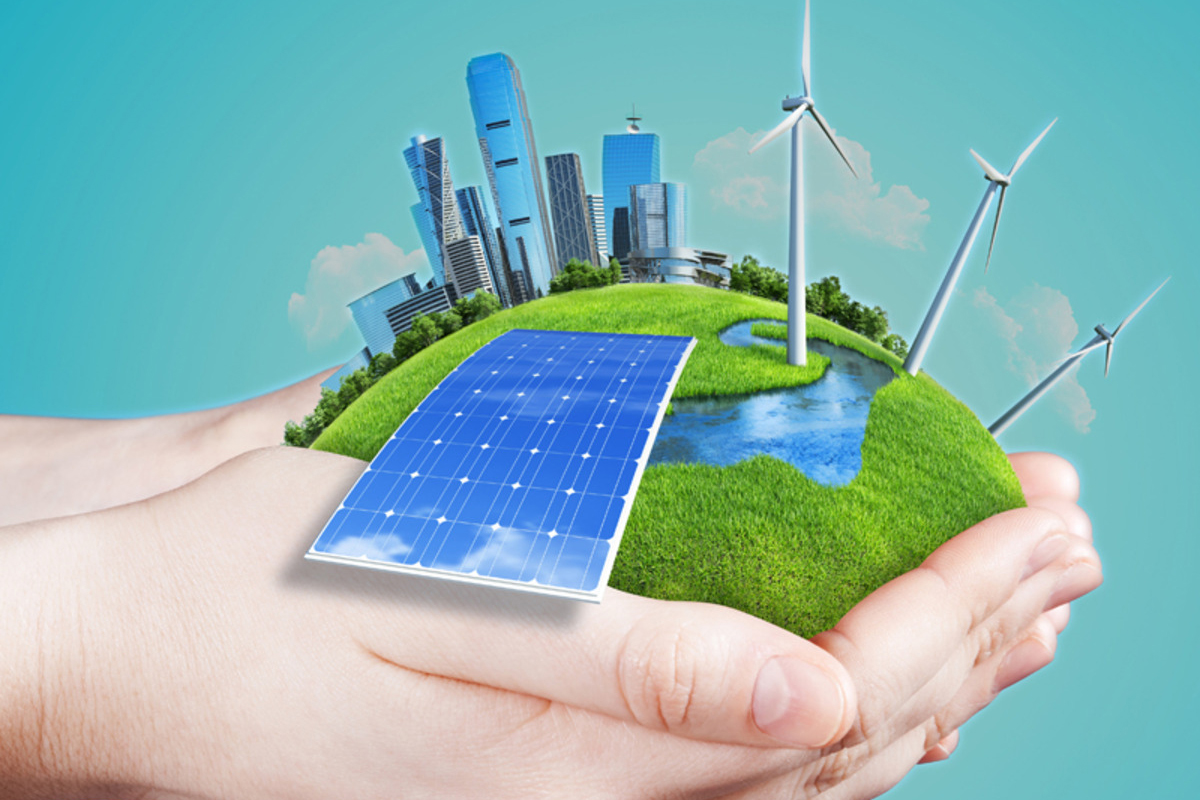Using artificial intelligence, sending and storing emails, photos and videos consumes large amounts of energy and water; and technological equipment generates polluting waste at the end of its useful life. What can we do to reduce this impact?
Every time we send an email, a WhatsApp message or upload photos and videos to social networks, we are generating an environmental footprint. The use of artificial intelligence systems such as ChatGPT, Deep Seek or Gemini has increased this impact, as they require large amounts of energy to store information in gigantic data centres, as well as water to cool the servers.
According to a report by UNEP (United Nations Environment Programme), “sending 65 emails generates the same amount of greenhouse gas emissions (GHG) as traveling one kilometer by car.”
But it is not only sending emails that generates emissions. So does keeping them stored in our mailboxes. According to a National Geographic report, 30 accumulated emails consume 220 watts, the same energy used by an energy-saving light bulb left on all day.
Internet use and electronic devices today account for 4% of global GHG emissions, surpassing those of aviation. And the massification of Artificial Intelligence platforms has only increased this phenomenon.
A question asked in a conversation with ChatGPT, an AI-based virtual assistant, consumes 10 times more electricity than a Google search, the International Energy Agency (IEA) reported.
The technological environmental footprint and the role of bitcoin
The operation of the multiple electronic devices we use today and the circulation of data require energy. And what consumes the most energy is the storage of all that information in huge data centers that require constant cooling.

Data centers consume approximately 200 terawatts per hour (TWh) each year, an expenditure similar to the national energy consumption of some countries, according to a report published in the journal Nature.
One of the activities with the greatest environmental impact is “Bitcoin mining”, as the processing of millions of pieces of data to obtain this and other cryptocurrencies is known.
An analysis by the Centre for Alternative Finance at the University of Cambridge (CCAF) reveals that if Bitcoin were a country, it would be seventh in a ranking of energy consumption led by China and the United States and would consume more electricity per year than Finland, Switzerland or Argentina. This is because the process of “mining” the cryptocurrency – using gigantic servers that never stop working – demands huge amounts of energy.
In addition, constant technological innovation and the boom in electronics consumption have a dark flip side, and that is the explosion of electronic waste or scrap.
Every year, 50 million tons of electronic waste are thrown away in the world, from cell phones, computers, electronic equipment and disused household appliances. The volume is such that it would be enough to build 4,500 Eiffel Towers and cover the entire island of Manhattan, according to a report by the World Economic Forum (WEF).
In Argentina, some 8.4 kilos of electronic waste are discarded per person per year, and only a tiny fraction is recovered or recycled. A good amount of this electronic waste ends up in landfills or – even worse – open-air dumps, and just as much is accumulated in cupboards and corners of our homes, due to apathy or ignorance of the existence of recycling programs and the circular economy of electronics.
What can we do to reduce the environmental impact of technology?

In 2024, within the framework of the United Nations, 190 countries adopted a series of non-binding recommendations on the ethical use of Artificial Intelligence, including its environmental impact. Among other measures, the international body advises: developing reliable indicators to measure the impact of Artificial Intelligence on the environment; requiring companies to disclose the direct and indirect environmental impacts of their AI-based products and services; promoting more efficient technologies in terms of water and energy use, and the reuse and recycling of electronic components.
- Don’t send unnecessary emails and WhatsApp messages and delete as much as you can from your inbox.
- Avoid the unnecessary use of Artificial Intelligence platforms and programs that require large amounts of data and energy (such as geolocation platforms when we already know how to get there or can ask someone; or consulting artificial intelligence when we can use our own reasoning and memory).
- Choose electrical appliances and electronic devices with energy efficiency labels A or B (these are the most efficient, on a scale that goes up to G)
- Unplug electronic devices when not in use and do not leave chargers plugged in
- Reduce screen brightness and use dark wallpapers (this saves energy and extends battery life)
Technologies, including Artificial Intelligence, can be excellent allies in improving our health and the quality of our environment. In fact, they contribute to solving socio-environmental problems with the monitoring of air quality through sensors and data analysis, the early detection of fires, or the leakage of polluting gases. But like any tool, it all depends on how it is used.









